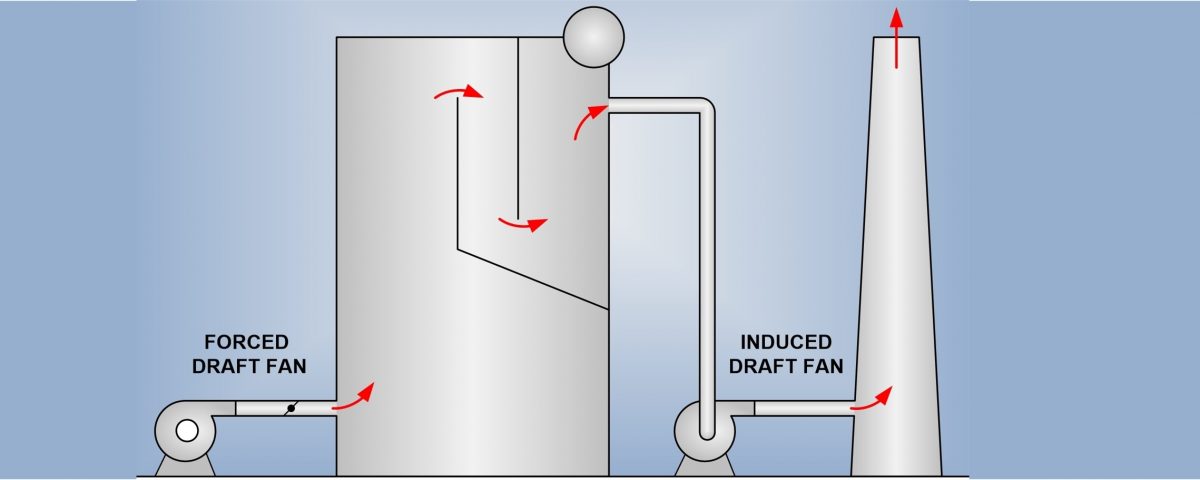When it comes time for annual furnace maintenance, the type of unit you have plays a key role in determining cleaning requirements. There are several major furnace classifications that vary in design and functionality – each with their own cleaning best practices. Being aware of your specific furnace type allows for the most thorough and effective cleaning. Let’s review the different options and explore how design influences cleaning needs.
One primary distinction is between gas versus oil furnaces.
Gas furnaces, which are now more common than oil units, typically utilize PVC piping to distribute the combustion gases produced from burning natural gas fuel. This puts off fewer particulates than an oil furnace. Correspondingly, gas furnace cleaning mainly involves vacuuming loose dust and debris that has accumulated on the blower motor, heat exchanger, and filter areas.
In contrast, oil furnaces rely on a burner nozzle to spray atomized oil into a combustion chamber where it mixes with air before igniting. As a result of this process, oil furnaces tend to accumulate heavier sediment deposits of ash and soot inside key components over the years. Subsequently, cleaning an oil furnace demands disassembling inner panels to carefully vacuum and wipe away built-up residue. Paying special attention to thoroughly cleaning hard-to-reach crevices is important for oil furnace maintenance.
Another classification is between high-efficiency
condensing furnaces versus older non-condensing models. A distinguishing factor is that high-efficiency furnaces have additional heat-exchange coils which extract additional heating value through a condensing process. This adds to the surface area but eliminates many previous airflow paths for debris. As a result, cleaning tasks for a condensing furnace center around carefully vacuuming delicate coil surfaces and ensuring paths stay open without damage. Meanwhile, older furnaces require general vacuuming but offer more accessibility.
Furthermore, factors like furnace age and condition impact maintenance needs. An older furnace that has not received proper upkeep may demand a deeper, more thorough scrub-down to remove built-up sludge. Technicians also inspect internal components for safety issues like cracks, corrosion or deteriorated seals during cleaning. Replacement parts may be recommended accordingly.
In conclusion, understanding your specific furnace classification helps determine the best cleaning approach to optimize safety, performance and energy efficiency. A qualified professional can properly clean and inspect systems according to their individual needs, maximizing the health of your home’s heating equipment.

